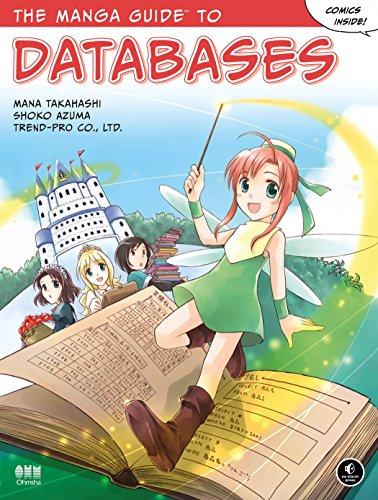Question
I need answer in relational algebra pls! The database you will use for this assignment contains information related to Major League Baseball (MLB) about players,
I need answer in relational algebra pls!
The database you will use for this assignment contains information related to Major League Baseball (MLB) about players, teams, and games. The relations are: Players(playerID, playerName, team, position, birthYear)
playerID is a player identifier used in MLB, and all players throughout the history of baseball have a unique ID
playerName is players name
team is the name of the MLB team the player is currently playing on (or the last team the player played for if they are not currently playing)
position is the position of the player
birthYear is the year that player was born Teams(teamID, teamName, home, leagueName)
teamID is a unique ID internal to MLB.
teamName is the name of the team
home is the home city of the team
leagueName is the league the team is in, i.e. either National or American, which stands for National League and American League, respectively Games(gameID, homeTeamID, guestTeamID, date)
gameID is a unique ID used internally in MLB
homeTeamID is the ID of the hometeam
guestTeamID is the ID of the visiting team
date is the date of the game.
Write the following queries in relational algebra, using the schema provided above. If a query is long, feel free to break it up into a series of queries with intermediate answers stored in temporary relations (e.g. let temp =.....). Note: Your queries must not be state-dependent", that is, they should work without modification even if another instance of the database is given. You may also use just the first letter of each relation name since they are unique (e.g. P" for Players"). (a) Print the names of all players who were born in 1970 and played for the Braves.
(b) Print the names of teams that do not have a pitcher.
(c) Print names of all players who have played in the National League.
(d) Print all gameIDs with Phillies as the home team.
(e) Print all teamIDs where the team played against the Phillies but not against the Braves.
The database you will use for this assignment contains information related to Major League Baseball (MLB) about players, teams, and games. The relations are: Players(playerID, playerName, team, position, birthYear)
playerID is a player identifier used in MLB, and all players throughout the history of baseball have a unique ID
playerName is players name
team is the name of the MLB team the player is currently playing on (or the last team the player played for if they are not currently playing)
position is the position of the player
birthYear is the year that player was born Teams(teamID, teamName, home, leagueName)
teamID is a unique ID internal to MLB.
teamName is the name of the team
home is the home city of the team
leagueName is the league the team is in, i.e. either National or American, which stands for National League and American League, respectively Games(gameID, homeTeamID, guestTeamID, date)
gameID is a unique ID used internally in MLB
homeTeamID is the ID of the hometeam
guestTeamID is the ID of the visiting team
date is the date of the game.
Write the following queries in relational algebra, using the schema provided above. If a query is long, feel free to break it up into a series of queries with intermediate answers stored in temporary relations (e.g. let temp =.....). Note: Your queries must not be state-dependent", that is, they should work without modification even if another instance of the database is given. You may also use just the first letter of each relation name since they are unique (e.g. P" for Players"). (a) Print the names of all players who were born in 1970 and played for the Braves.
(b) Print the names of teams that do not have a pitcher.
(c) Print names of all players who have played in the National League.
(d) Print all gameIDs with Phillies as the home team.
(e) Print all teamIDs where the team played against the Phillies but not against the Braves.
Step by Step Solution
There are 3 Steps involved in it
Step: 1

Get Instant Access to Expert-Tailored Solutions
See step-by-step solutions with expert insights and AI powered tools for academic success
Step: 2

Step: 3

Ace Your Homework with AI
Get the answers you need in no time with our AI-driven, step-by-step assistance
Get Started


